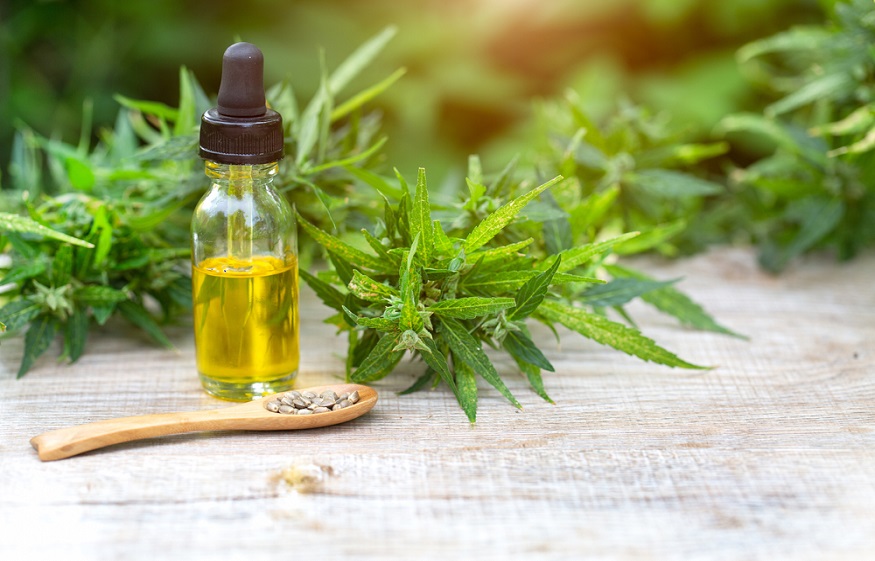Medical cannabis users have plenty of choices in terms of delivery method. One of the more popular methods is vaping. Patients appreciate it because the effects of the medicine kick in almost as fast as if they were smoking, but they are not subjecting their lungs to toxic smoke. The question on the minds of some of these patients is this: how are medical cannabis vapes made?
All medical cannabis products, except actual flower, are manufactured using cannabis extracts. Vaping liquids are no exception. The liquids are actually a combination of ingredients, some of which are active while others are inactive.
As you read about how medical cannabis vapes are made, bear in mind that this post draws a distinction between vaping with a liquid and dry heating raw flower. Because dry heating involves using straight plant material, no extraction or processing is required.
Extract and Decarboxylate
The first step in creating a medical cannabis vaping liquid is extracting the necessary compounds from the cannabis plant. The compounds must also be decarboxylated in order to make them active. Depending on the extraction process used, decarbing can be integrated or implemented as a completely separate process.
Cannabis extraction require specialized equipment from a company like Houston-based CedarStoneIndustry. It also requires quite a bit of knowledge. Extraction can be facilitated with a solvent, like ethanol or olive oil, or through the use of carbon dioxide (CO2) or steam.
CO2 extraction is the most efficient and consistent. It is also the most expensive and complex. Steam distillation is the other side of the coin, being cheap and easy. However, it is inefficient and does not deliver consistent quality.
More About Decarboxylation
Regardless of whether decarbing is integrated into the extraction process or applied as a separate process, the goal is to remove the carboxyl group from all extracted cannabinoids. If the group is not removed, its acidic nature prevents the cannabinoids from interacting with the brain as intended.
Decarbing essentially takes an inactive cannabinoid and makes it active. It is achieved by applying heat to the cannabinoid molecules. The heat gives the carboxyl group enough energy to separate and dissipate into the air.
Distillation and Separation
Following extraction and decarboxylation, the resulting cannabis oil is distilled in order to remove water content. The resulting full-spectrum oil can then be used as an ingredient in vaping liquids or further refined. Most manufacturers choose the latter.
The oil is refined to separate out only those cannabinoids and terpenes the manufacturer wants for a particular formula. Different cannabinoid and terpene profiles can be created to achieve a desired medical effect or to enhance odor, flavor, etc.
Mixing It All Together
The final stage is to mix the cannabinoid solution with the rest of the ingredients that make up a vaping liquid. Note that the oil itself is insufficient. It is generally suspended in another liquid like propylene glycol or vegetable glycerin. Water is generally added to make the fluid thin enough to vaporize properly.
Once all the ingredients are thoroughly mixed, vape cartridges are filled with the liquid. Inside the cartridge is an electrical device known as an atomizer. It heats the liquid and transforms it into a vapor when the patient takes a draw.
Manufacturing medical cannabis vapes is not difficult in principle. In practice however, there is a lot to it – especially when it comes to extraction and cannabinoid separation. But thanks to some very skilled scientists and engineers, companies are able to manufacture the vaping liquids medical cannabis patients need to treat their conditions. No doubt patients are happy about that.

